THOMAS FRYE (ANGLO-IRISH 1710-1762) PORTRAIT OF A LADY Oil on canvas, feigned oval Signed and dated `1755' (lower right) 75 x 61cm (29½ x 24 in.) In an elaborate Rococo frame Thomas Frye was an Irish portrait painter. As a boy in Ireland he was influenced by artists such as Rosalba Carrera. In 1735, he travelled to London with Herbert Stoppelaer (active 1730 - 1775). There he studied under John Brooks of Battersea Enamel Factory. During his career Frye painted the portraits of many members of London society including Jeremy Bentham (1760), and Henry Crispe of the Custom House (1746), as well as for royalty with his later portraits showing the influence of Hogarth, including Frederick, Prince of Wales in Garter Robes (1741). The present lot was painted in 1755, a relatively late work for the artist. In 1744 Frye took out a patent for the manufacture of artificial soft-paste porcelain, which by 1749, had received the backing of the Peers family and was in full production at the Bow Porcelain Factory. By 1759 however, the prolonged exposure to the environment of the factory furnaces had taken its toll on Frye's health. He died of consumption in 1762.
THOMAS FRYE (ANGLO-IRISH 1710-1762) PORTRAIT OF A LADY Oil on canvas, feigned oval Signed and dated `1755' (lower right) 75 x 61cm (29½ x 24 in.) In an elaborate Rococo frame Thomas Frye was an Irish portrait painter. As a boy in Ireland he was influenced by artists such as Rosalba Carrera. In 1735, he travelled to London with Herbert Stoppelaer (active 1730 - 1775). There he studied under John Brooks of Battersea Enamel Factory. During his career Frye painted the portraits of many members of London society including Jeremy Bentham (1760), and Henry Crispe of the Custom House (1746), as well as for royalty with his later portraits showing the influence of Hogarth, including Frederick, Prince of Wales in Garter Robes (1741). The present lot was painted in 1755, a relatively late work for the artist. In 1744 Frye took out a patent for the manufacture of artificial soft-paste porcelain, which by 1749, had received the backing of the Peers family and was in full production at the Bow Porcelain Factory. By 1759 however, the prolonged exposure to the environment of the factory furnaces had taken its toll on Frye's health. He died of consumption in 1762.


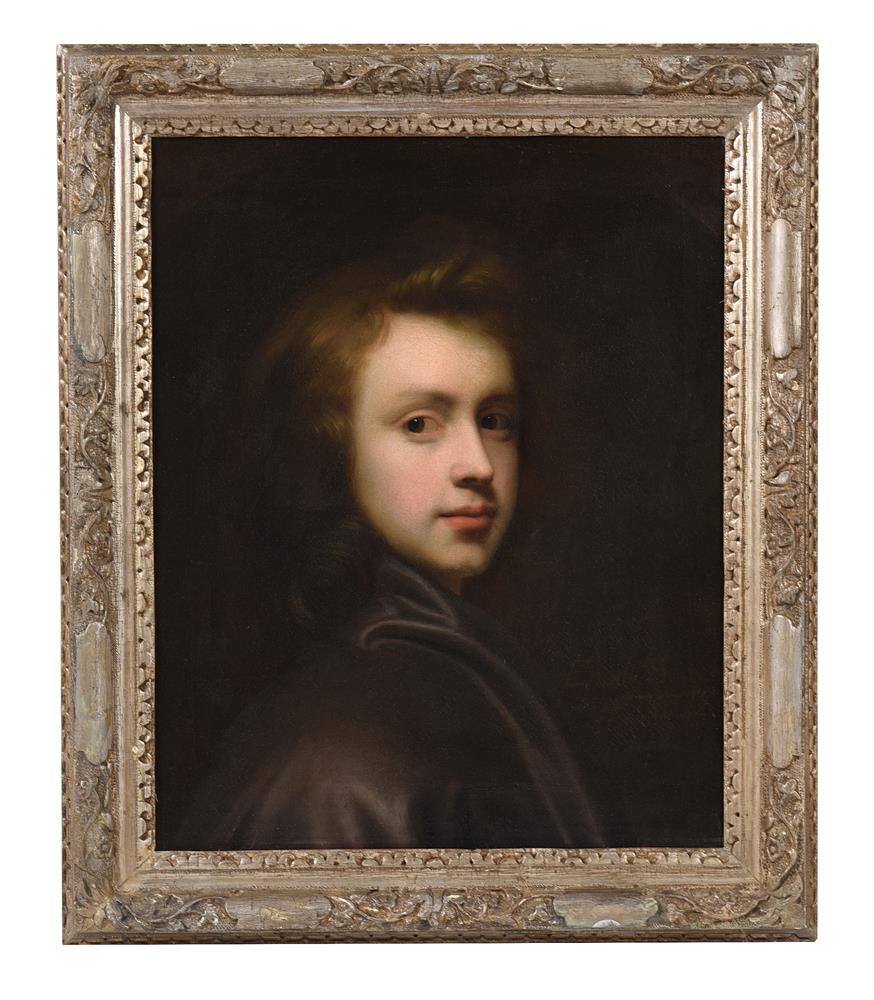






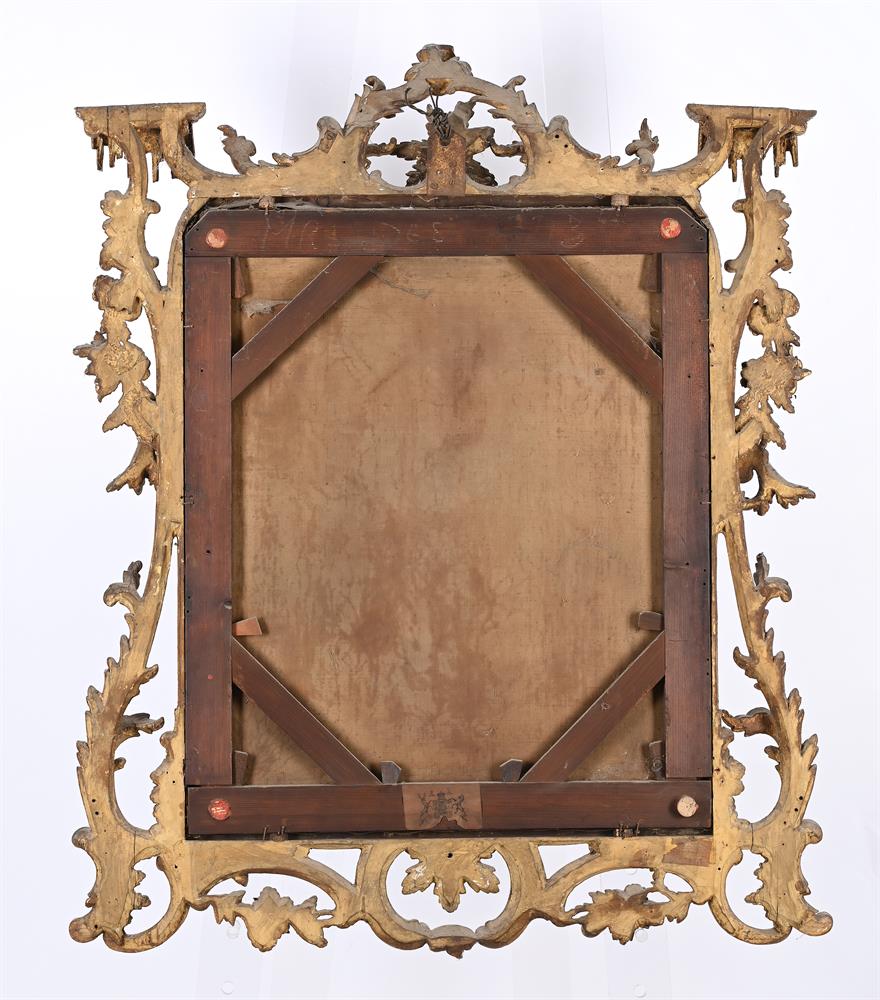
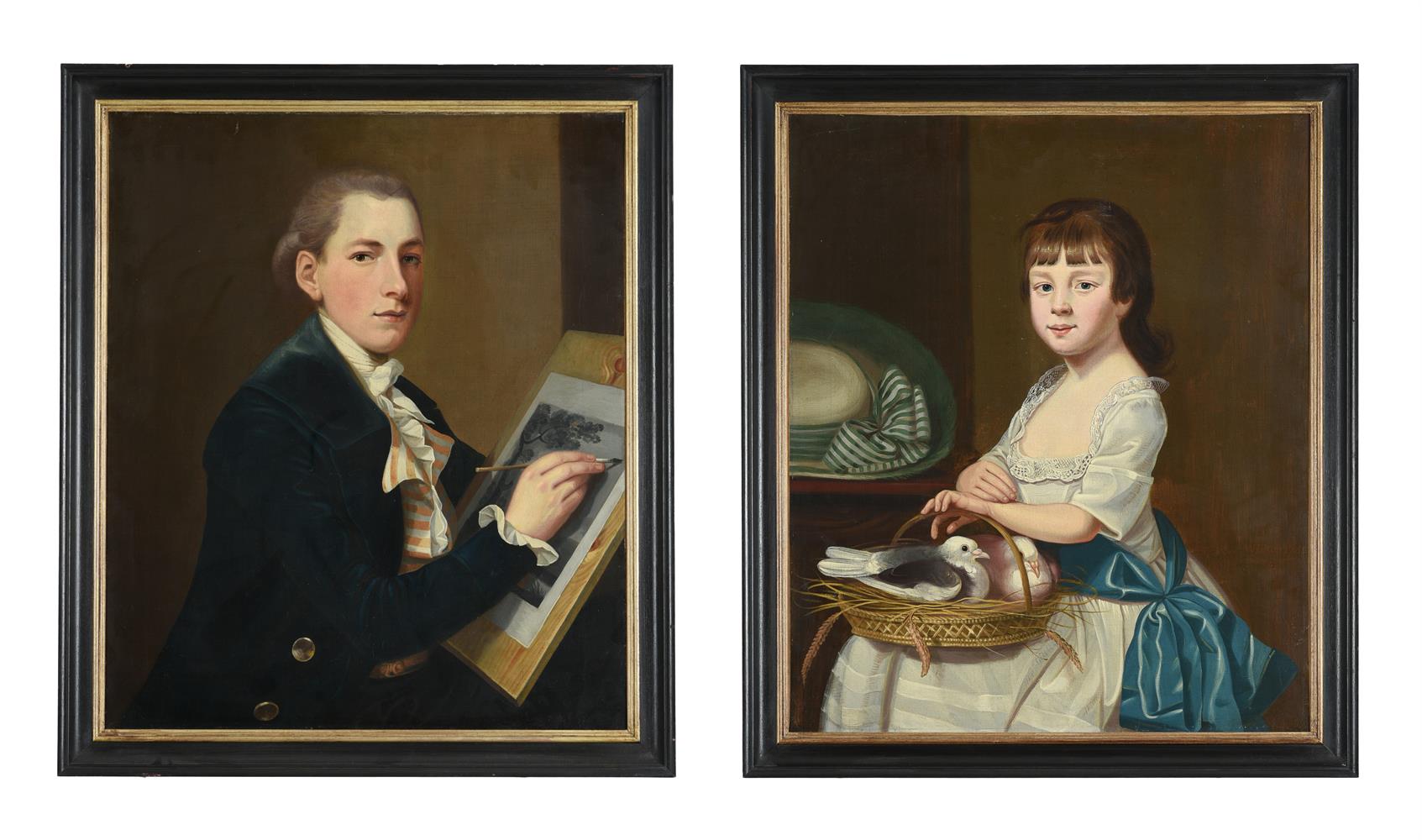
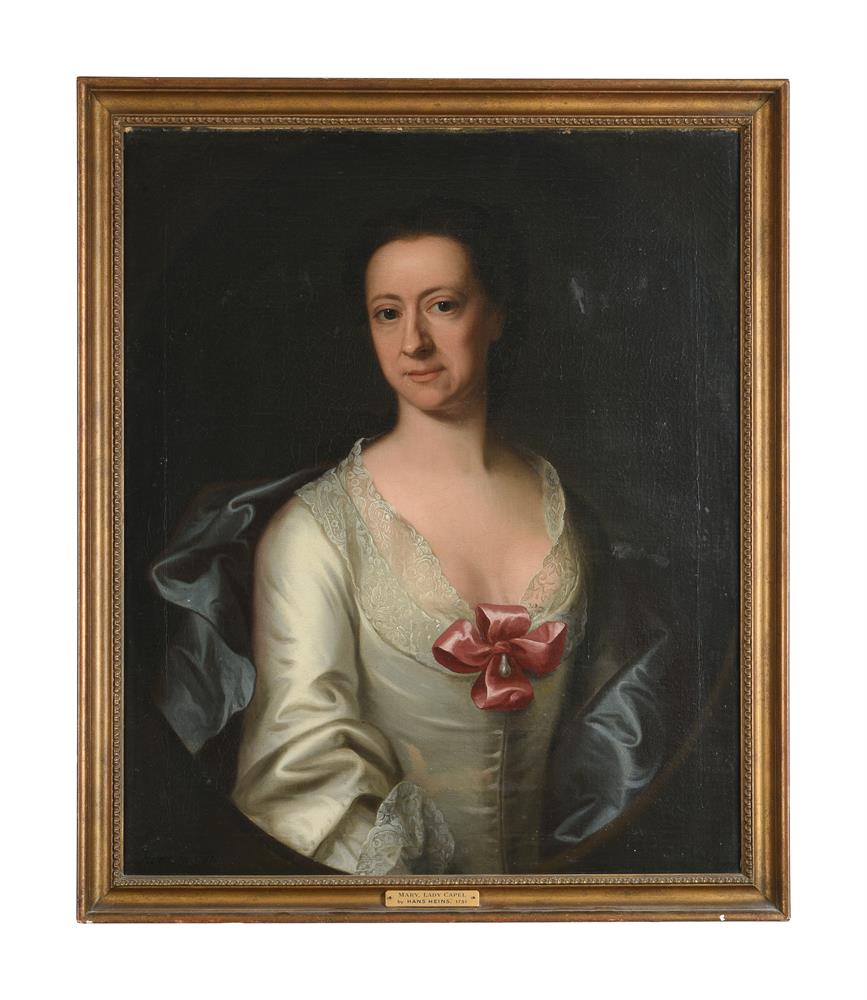
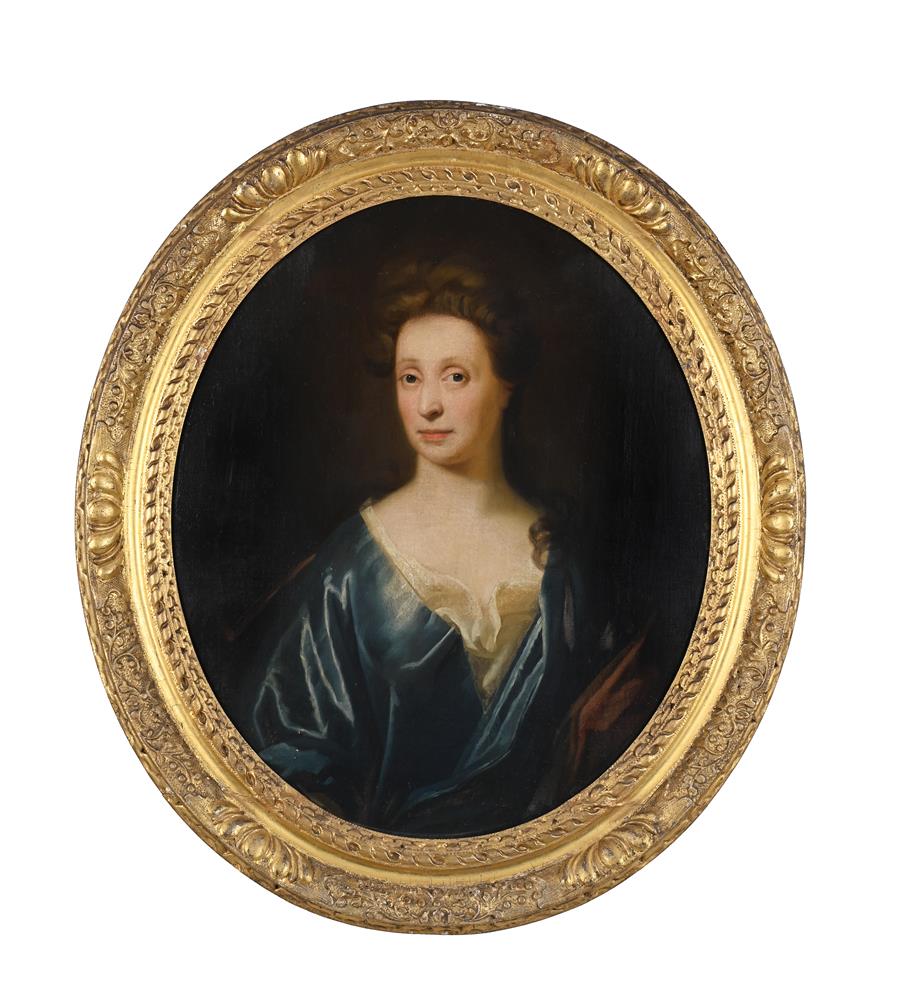
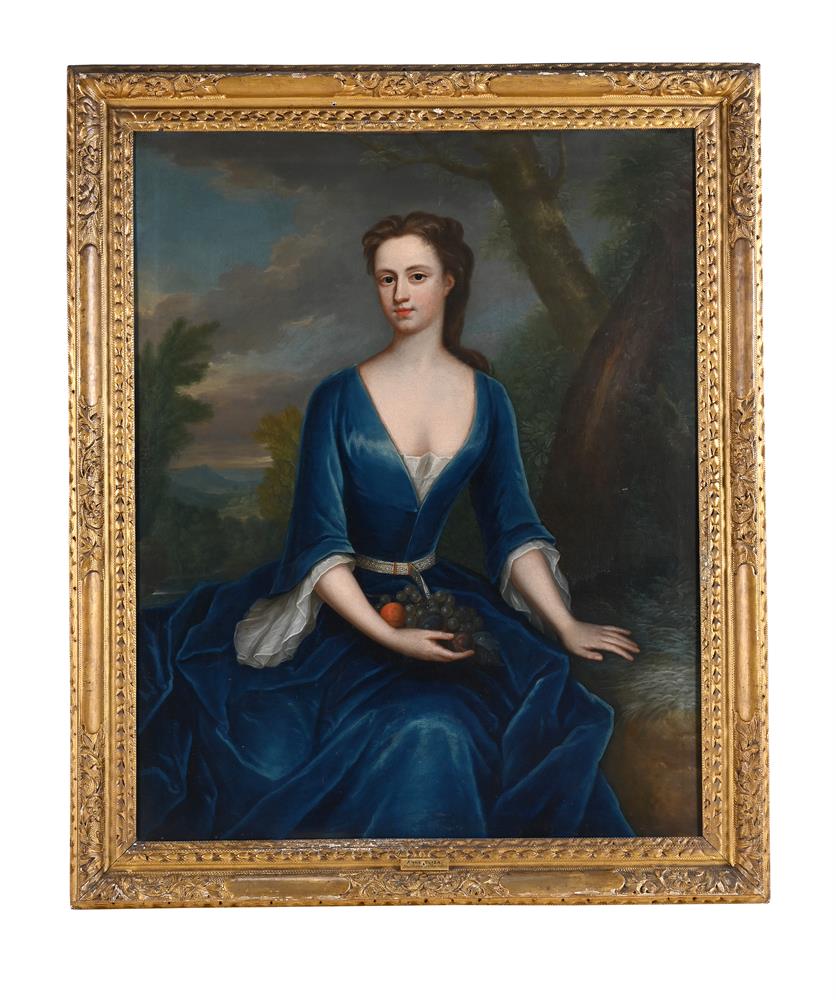
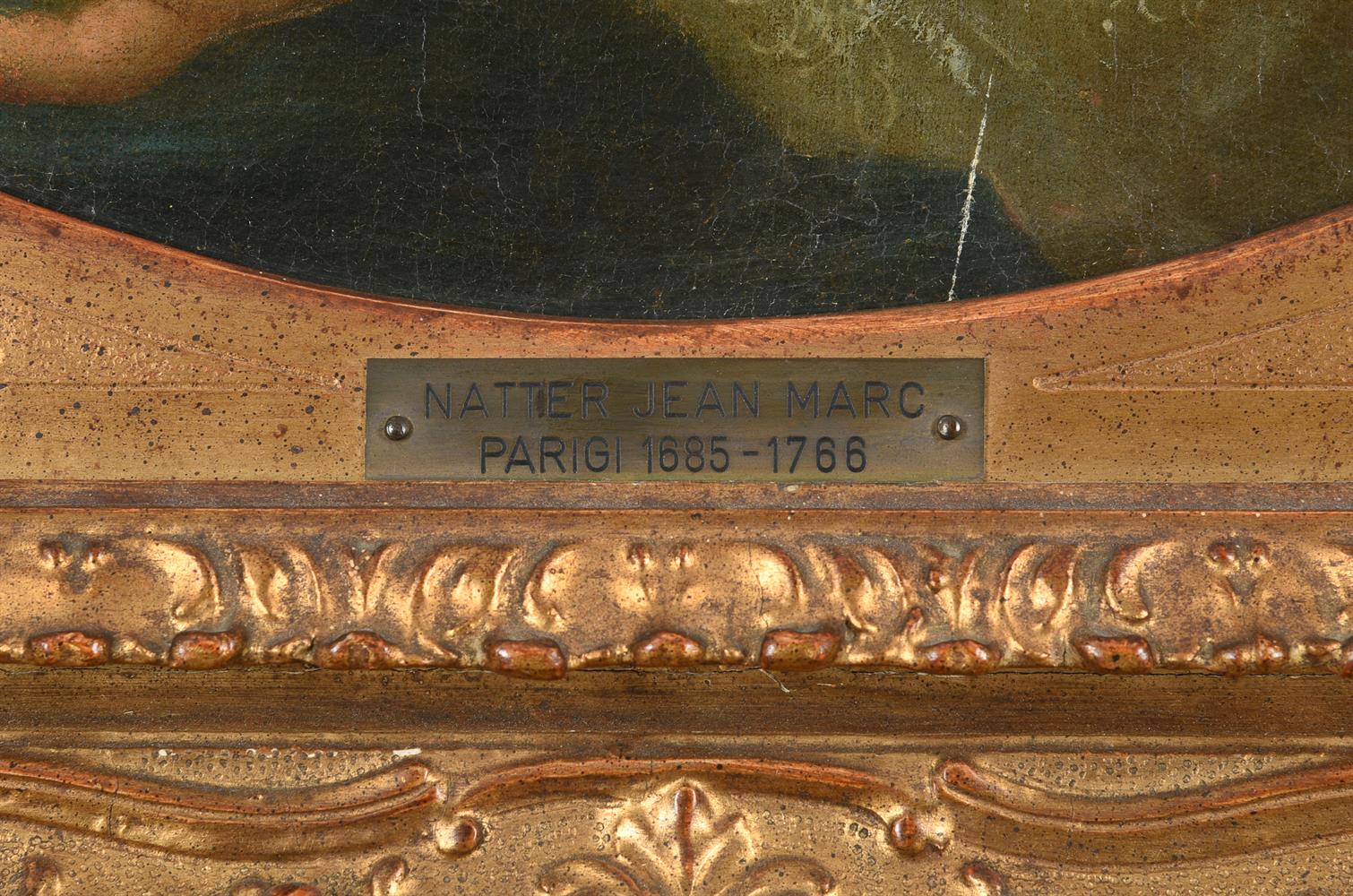
Testen Sie LotSearch und seine Premium-Features 7 Tage - ohne Kosten!
Lassen Sie sich automatisch über neue Objekte in kommenden Auktionen benachrichtigen.
Suchauftrag anlegen